This is an image of Saturn.
Click on image for full size
NASA/JPL
The Environment of Saturn
Saturn's atmospheric environment is one of powerful
winds, going 250 miles per hour, and temperatures from -270 degrees to +80 degrees. With winds like these, it is hard to have peace and quiet.
The region where it is 80 degrees sounds pretty friendly, but if it got to be -200 degrees, we'd be pretty cold!
The air of Saturn is made of ammonia, sulfur, and water.
Overall, this environment sounds very unfriendly to life as we know it on earth.
You might also be interested in:
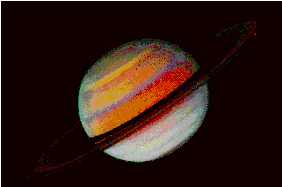
The clouds on Saturn, like Jupiter, are divided into stripes called "belts and zones". In a belt, very powerful winds blow one way. In a zone, very powerful winds blow the other way. These kinds of winds
...more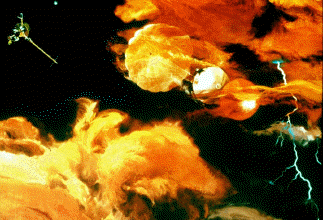
Jupiter's atmospheric environment is one of powerful winds, going 250 miles per hour, and temperatures from -270 degrees to +32 degrees (freezing temperature). These winds make it hard for life forms to
...more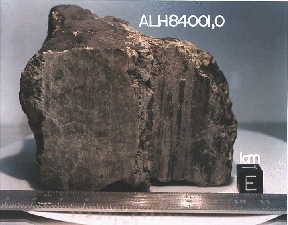
In July, 1996 a team of scientists said that they had discovered possible fossils of bacteria in a meteorite named ALH84001 that came from Mars. It was found in Antarctica in 1984 after having landed there
...more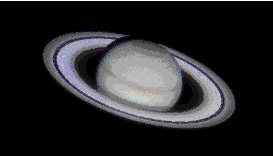
Saturn's atmospheric environment is one of powerful winds, going 250 miles per hour, and temperatures from -270 degrees to +80 degrees. With winds like these, it is hard to have peace and quiet. The region
...more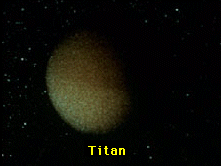
The air of Titan is a lot like the Earth's, except that it is very cold, from -330 degrees to -290 degrees! Like the Earth, there is a lot of Nitrogen and other complex molecules. There also may be an
...more
Organisms that are able to "make their own food" are called autotrophs, meaning "self-feeders". Some examples of autotrophs are plants and algae (shown in the picture). Both plants and algae use photosynthesis
...more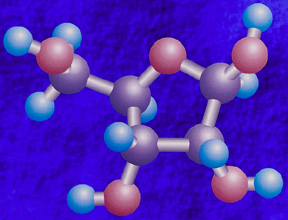
In the warm early ocean, large molecules came together into a form called *coacervates*. Molecules such as these will form coacervates in the same way that beads of vinegar in oil come together. These
...more














